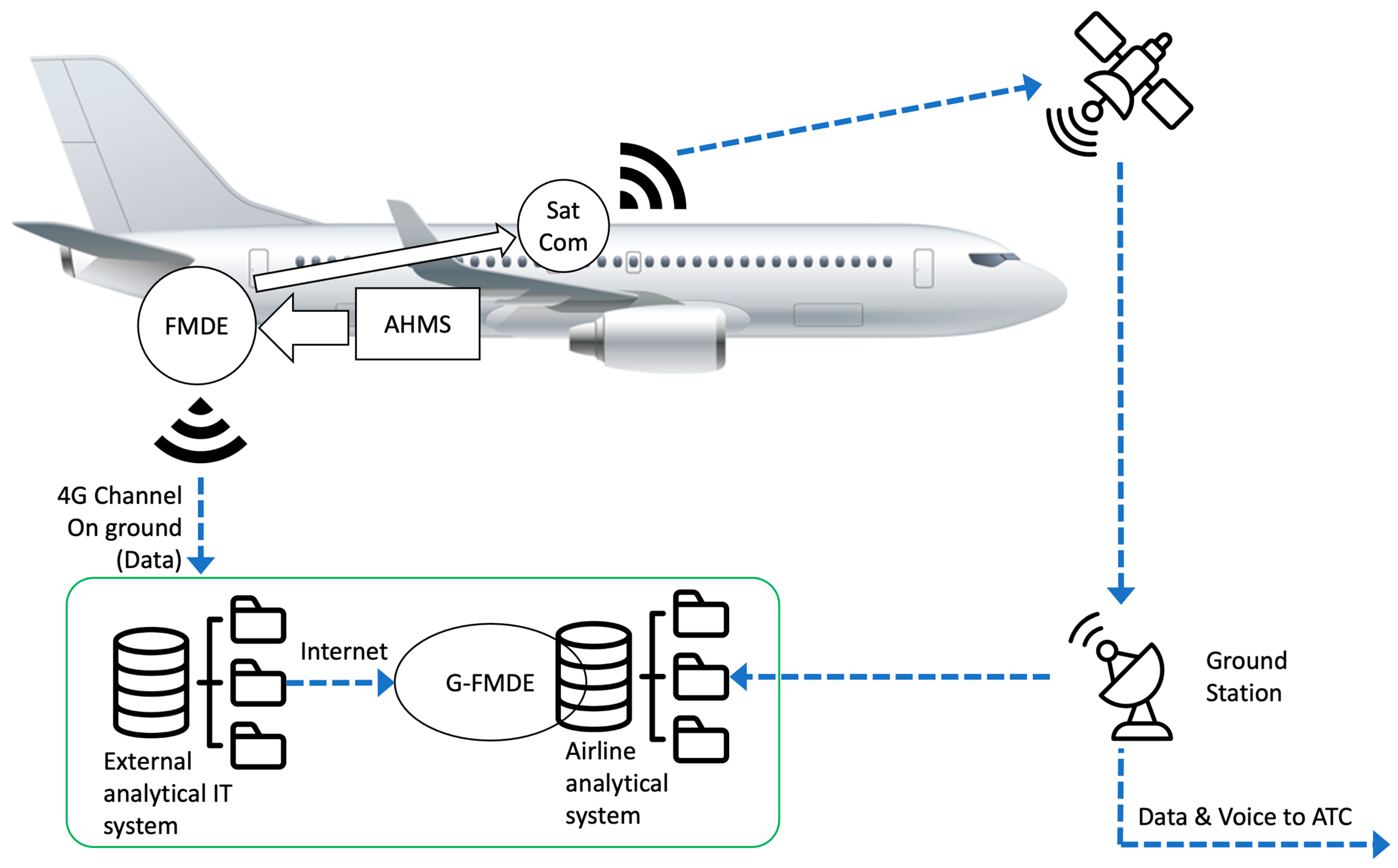Introduction
In light of recent tragedies like the Air India 787 crash in Ahmedabad, aviation experts are intensifying research into how artificial intelligence (AI) and real-time sensors might prevent future disasters. Could smart tech become the co-pilot of tomorrow?
What Are Real-Time Sensors in Aviation?

Real-time sensors track in-flight data such as temperature, engine pressure, airspeed, vibrations, and even pilot inputs. When paired with AI systems, they can:
- Detect anomalies in mechanical systems
- Trigger emergency protocols instantly
- Alert pilots or ground control to hidden failures
Aircraft giants like Boeing and Airbus already use predictive analytics for routine maintenance via platforms like Airbus Skywise and Boeing AnalytX.
AI-Driven Predictive Maintenance
AI systems can analyze vast volumes of flight data in real time to predict issues before they become fatal. This is known as “predictive maintenance.”
- Prevents mechanical failures mid-flight
- Reduces cost of surprise repairs
- Improves fleet reliability and safety
According to the International Air Transport Association (IATA), predictive systems could reduce global maintenance costs by 30% while improving safety KPIs.

AI in Cockpit Decision Support
AI copilots aren’t just fiction. Experimental systems by NASA and the FAA are already training AI models to support decision-making during:
- Engine flameouts
- Weather-related reroutes
- Emergency landings
These systems use past data and flight simulation to recommend optimal actions to pilots in real time.
Read more in NASA’s AI co-pilot research.
Collision Avoidance with Enhanced Sensors

Enhanced Ground Proximity Warning Systems (EGPWS) and AI-assisted Traffic Collision Avoidance Systems (TCAS) are already standard in many aircraft. However, upcoming upgrades include:
- Machine learning for predictive terrain avoidance
- Visual detection of nearby objects like drones
- AI-assisted evasive maneuvers
Visit the ICAO EGPWS safety standards to learn more about how these systems work.
Challenges in Implementation
- Certification delays – AI systems must pass stringent FAA and DGCA approvals.
- Cybersecurity threats – AI and sensors are vulnerable to hacking and spoofing.
- Pilot retraining – New protocols require complete training overhauls.
Conclusion
AI and real-time sensors could mark a turning point in aviation safety—especially as plane crashes remain a rare but tragic reality. From predictive maintenance to real-time cockpit assistance, smart technologies are being rigorously tested and gradually deployed across global fleets. With backing from authorities like the FAA, these systems may soon become standard in every aircraft.









